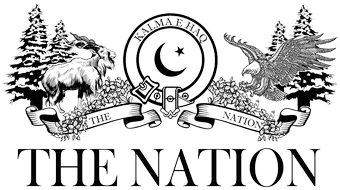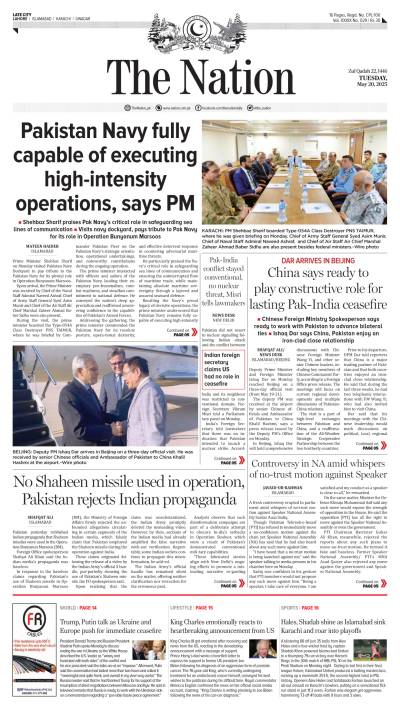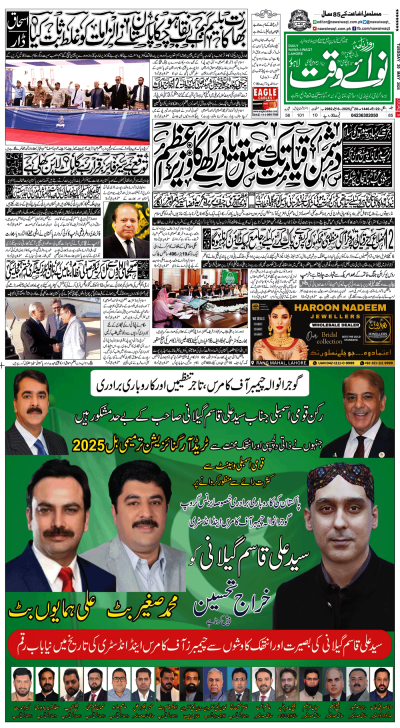For a long time to come, the issue of the “Punctures” will be discussed in Pakistan’s chequered political history. Already, the party rank and file are reflected in contradictory statements of the party leadership. The synergy of the past one year breaking apart.
First, I was the one who considered it my responsibility to divulge this information at a party Core Committee meeting. The information was disclosed to me during a dinner in Agha Murtaza Poya’s house. As an ethical responsibility, I also accepted being the source on social media. I expected the party to conduct a discreet investigation into this information.
Secondly, despite a closed door meeting in which the media was informed of proceedings through a well drafted script, the information without deliberation was broken on the media by Mr. Naeem Ul Haq, the Chief of Staff to Imran Khan. A crucial element of collecting, collating and evaluating information into evidence was injudiciously thrown to the chatterbox. This prematurely let the cat out of the bag and deprived PTI of a coup de grace.
Thirdly, despite the fact that the entire movement was built on this slogan, no party leader deliberated on it for fifteen months. This irked me and I continued to work through my analysis in the newspaper. With hindsight, I wonder if any party leader ever read my analysis spread over six opinions in The Nation. Had they, the entire approach of handling the rigging allegations before the Judicial Inquiry Commission would have been different. Belatedly, I did submit a statistical academic analysis supported by empirical evidence on 110 National Assembly constituencies with skewed and irregular patterns. I always felt that this should have formed the punchline arguments. Whether Abdul Hafeez Peerzada and party hierarchy considered the study credible remains to be seen? I still feel this is the only way to beat the highly corrupt election mechanism of Pakistan.
In the meanwhile, Dr Ejaz after having met the top party leadership through his sources became hostile. Despite his initial zeal, he refused to cooperate for reasons best known to him. I do not agree with him that it was an academic exercise. In a talk show with Mubasshir Luqman in 2014, he had appeared far more committed than he is now.
It is not that the information revealed to me by Dr Ejaz was irresistible and alluring. However petty and unreliable, it fitted into my hypothesis of why the 2013 elections would be rigged and were subsequently rigged. The framework was based on external factors.
This is what I wrote in my article six months before the elections: “Within the run up to these elections, currents, counter currents and international compulsions will cast their shadows on the outcome and must be factorised. As ever, the propensity to engineer results will remain endemic. Two major issues relating to the economy of Pakistan and the US withdrawal from Afghanistan will be the main determinants of Pakistan’s future power structure. Both have an effect on the quality of life and Pakistan’s future. Do we choose a self-reliant and proud Pakistan; or a pliable, dependent and discredited country of thugs and thieves; ready to sell their mothers?”
It went on: “On the external front, United States’ contemplated withdrawal from Afghanistan will also cast its shadows on who forms the next government in Pakistan. Gerrymandering of constituencies in 2002 was carried out with an implied purpose to bring a dispensation to power that supports the terrorism policies. As a follow up, the NRO was also negotiated on similar contours to ensure that the USA agenda in the region is not adversely affected” (The 2013 elections: Nation, December 05, 2012). Similar opinions were reinforced in a subsequent article title ‘The election conundrum’ in The Nation on April 6, 2013.
Pre-poll rigging by influencing the Election Commission of Pakistan was already in place. Heads of some of the regulatory authorities who could affect qualifications of candidates were brought into disrepute by a media house and superior judiciary. Most of them resigned but not before writing letters to various ministries, now gathering dust. I researched and made a predictive analysis based on variable methods for elections 2013. “One critical figure to assume the party positions in 2013 will be the voter turnout factor of 0.20. As long as the turn out remains close to 20%, old political parties will excel through their fixed vote banks. As the turnout rises, old horses will be edged out”. I also wrote that the PTI would ultimately end 30-40 seats short of whatever it wins because of the lack of homework in Sindh, Balochistan and Non-Muslims (in ‘Elections 2013: Simulative Appraisal’ in The Nation, May 13, 2013). Though the turnout reached as predicted, the results were skewed. PPP and PML-Q were wiped out from their traditional 41 constituencies but PTI fared much below my predictions.
This led to post poll analysis that could only be carried out after the Election Commission of Pakistan made available all the data. As an academic exercise it was possible to use statistics to reach convincing conclusions that I did. This analysis turned up 108 National Assembly constituencies in Punjab and Sindh with unexpected voter turnouts and winning margins. They also correspond with the quantity of extra ballot papers and the aggression of some elected MNAs on the media. PPP and PML-Q lost 41 incumbent seats to PML-N in Punjab. The surge in votes was 1,678,911 with 962,587 extra ballot papers. PML-N won 40 individual incumbent and 14 party incumbent seats with a surge of 2,003,275 votes and 1,098,994 extra ballot papers. Surprisingly, this phenomenal pattern is restricted to PML-N in Punjab and PPP in Sindh. This pattern is not reflected in seats won by PTI, PPP and PML-Q in Punjab. Considering errors, it appears that at least 78 National Assembly seats throw up suspicious results.
As an analyst I have no doubt that the elections 2013 were punctured beyond 35 seats. It is left to the readers and posterity to judge whether election 2013 were punctured or not.






